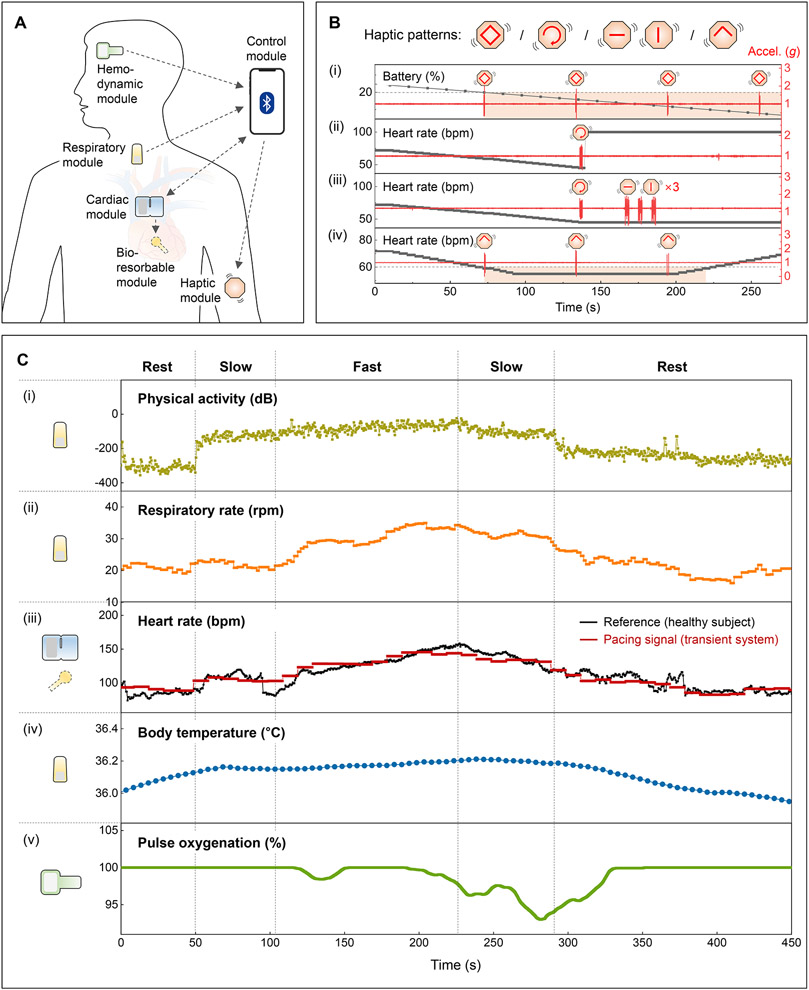Fig. 4. Patient feedback and adaptive pacing functions.
(A) Schematic illustration of a transient closed-loop system. (B) Demonstration of the patient awareness function using a multi-haptic module. Accelerometer data (z-axis) corresponds to vibrations of the haptic actuators. (C) Results of clinical tests with a healthy human subject. (i) Calculated physical activity and (ii) respiratory rate using data from the respiratory module. (iii) Comparison of the heart rate (black) of a healthy human subject monitored by the cardiac module and rate-adaptive pacing signals (red) processed from the algorithm. (iv) Calibrated and measured changes in core body temperatures using data from the respiratory module. (v) Representative SpO2 measurements from the hemodynamic module.

